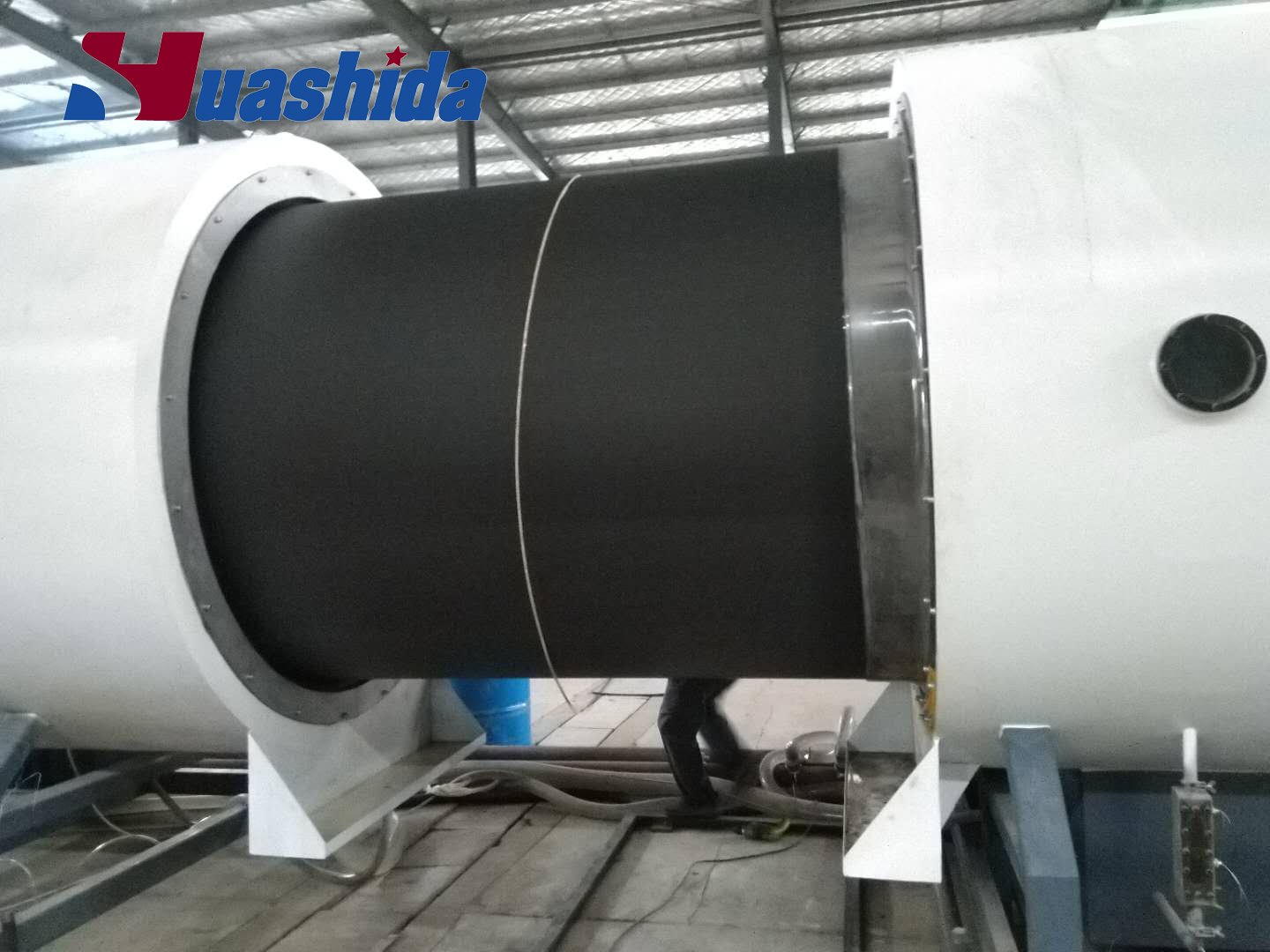Insulated pipes are essential in many industries, especially for applications requiring temperature control, such as district heating, chilled water systems, and energy-efficient buildings. The use of advanced insulation pipe equipment ensures that pipes maintain optimal temperatures while minimizing energy loss. Key machines in the production of insulated pipes include the HDPE Jacket Pipe Machine, HDPE Shell Machine, Pre-insulated Pipe Machine, Chilled Water Pipe Machine, and District Heating Pipe Machine.
 The HDPE Jacket Pipe Machine is one of the primary machines used to create insulated pipes, specifically for systems that require high mechanical strength and resistance to environmental damage. The machine wraps a durable HDPE (High-Density Polyethylene) jacket around the insulated pipe, providing protection against physical wear, UV radiation, and harsh weather conditions. The HDPE Shell Machine also plays a similar role but is often used in specific applications, creating a strong outer shell that shields the insulation and pipe.
The HDPE Jacket Pipe Machine is one of the primary machines used to create insulated pipes, specifically for systems that require high mechanical strength and resistance to environmental damage. The machine wraps a durable HDPE (High-Density Polyethylene) jacket around the insulated pipe, providing protection against physical wear, UV radiation, and harsh weather conditions. The HDPE Shell Machine also plays a similar role but is often used in specific applications, creating a strong outer shell that shields the insulation and pipe.
For more complex applications, such as district heating systems, the Pre-insulated Pipe Machine is utilized. This machine applies both the insulating material and the protective outer layer in a continuous process, ensuring the pipe remains energy-efficient and resistant to heat loss. Chilled Water Pipe Machines are specialized equipment used in the production of pipes for refrigeration systems. These pipes require precise insulation to ensure that chilled water remains at the desired low temperature without energy loss during transport.
Finally, the District Heating Pipe Machine is designed to manufacture insulated pipes used in district heating networks, where temperature retention and corrosion resistance are critical. These pipes are typically coated with a layer of insulation material and then encased in a durable protective shell, ensuring long-term performance and minimizing energy loss.
The use of these specialized machines guarantees high-quality insulated pipes, which are essential for energy-efficient systems and infrastructures.




